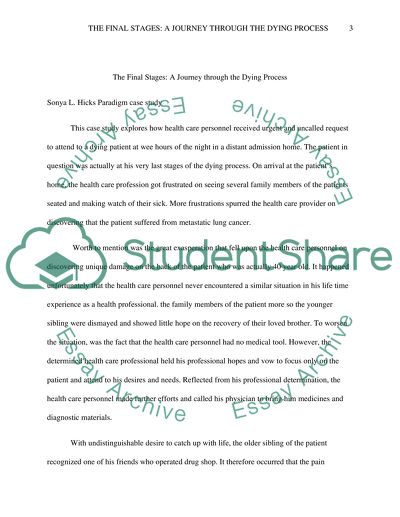Cite this document
(“The Final Stages: A Journey through the Dying Process Term Paper”, n.d.)
Retrieved de https://studentshare.org/nursing/1392055-the-final-stages-a-journey-through-the-dying-process
Retrieved de https://studentshare.org/nursing/1392055-the-final-stages-a-journey-through-the-dying-process
(The Final Stages: A Journey through the Dying Process Term Paper)
https://studentshare.org/nursing/1392055-the-final-stages-a-journey-through-the-dying-process.
https://studentshare.org/nursing/1392055-the-final-stages-a-journey-through-the-dying-process.
“The Final Stages: A Journey through the Dying Process Term Paper”, n.d. https://studentshare.org/nursing/1392055-the-final-stages-a-journey-through-the-dying-process.


